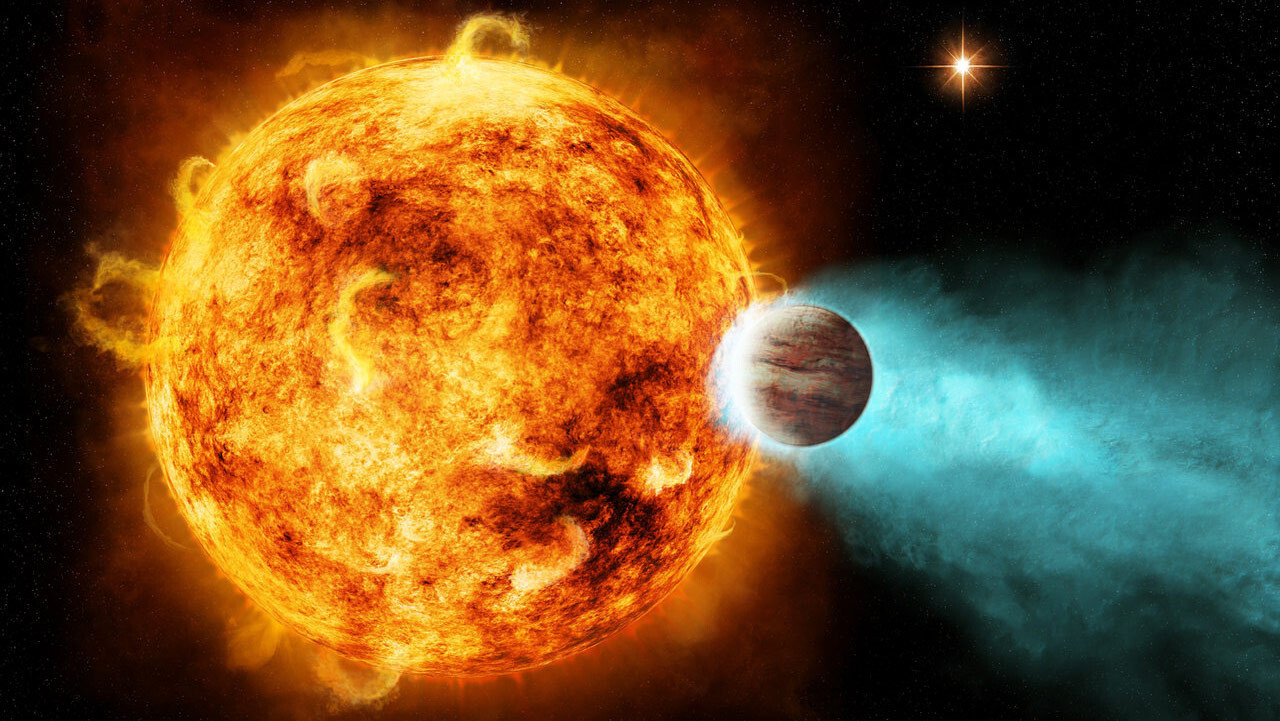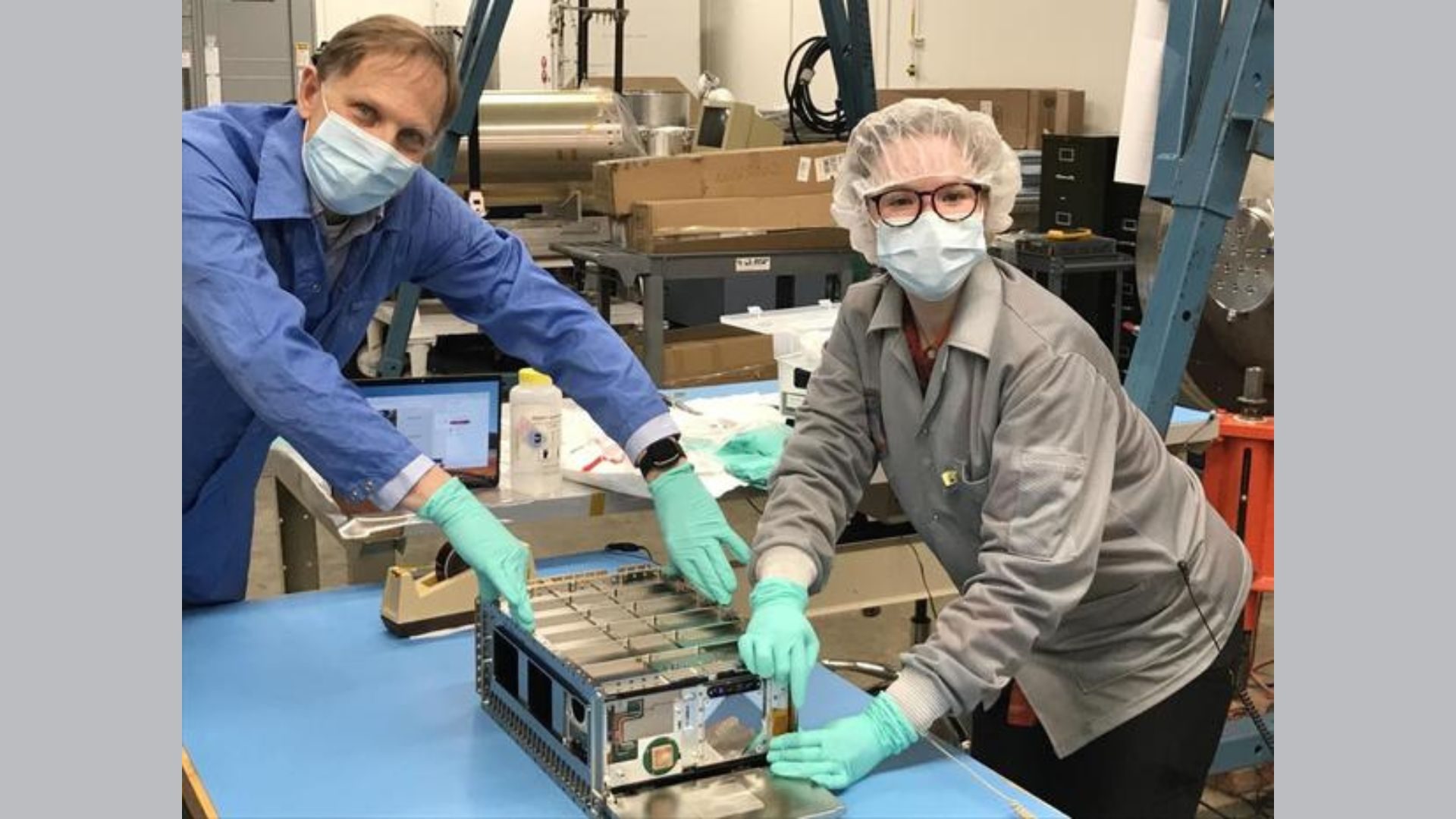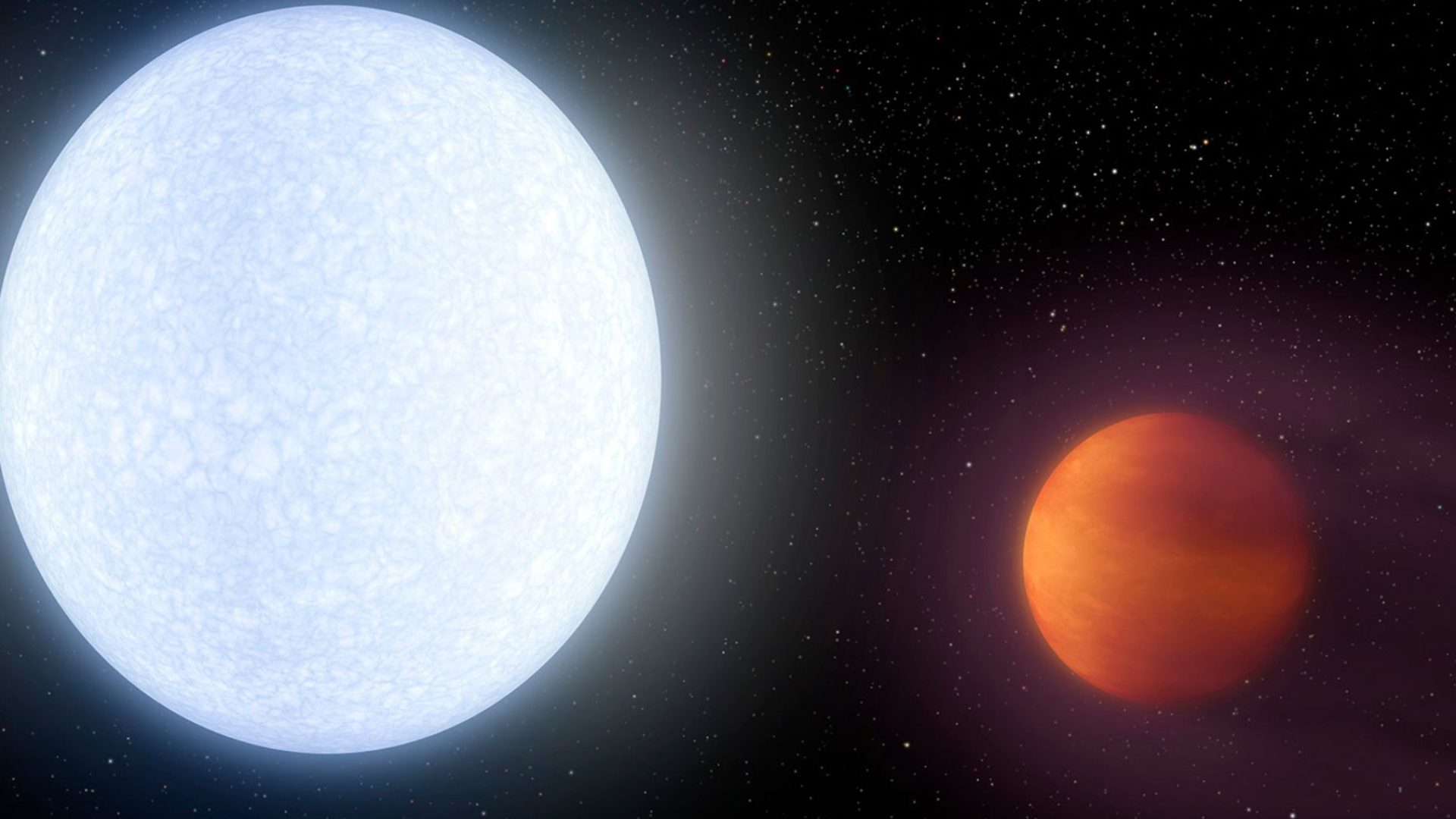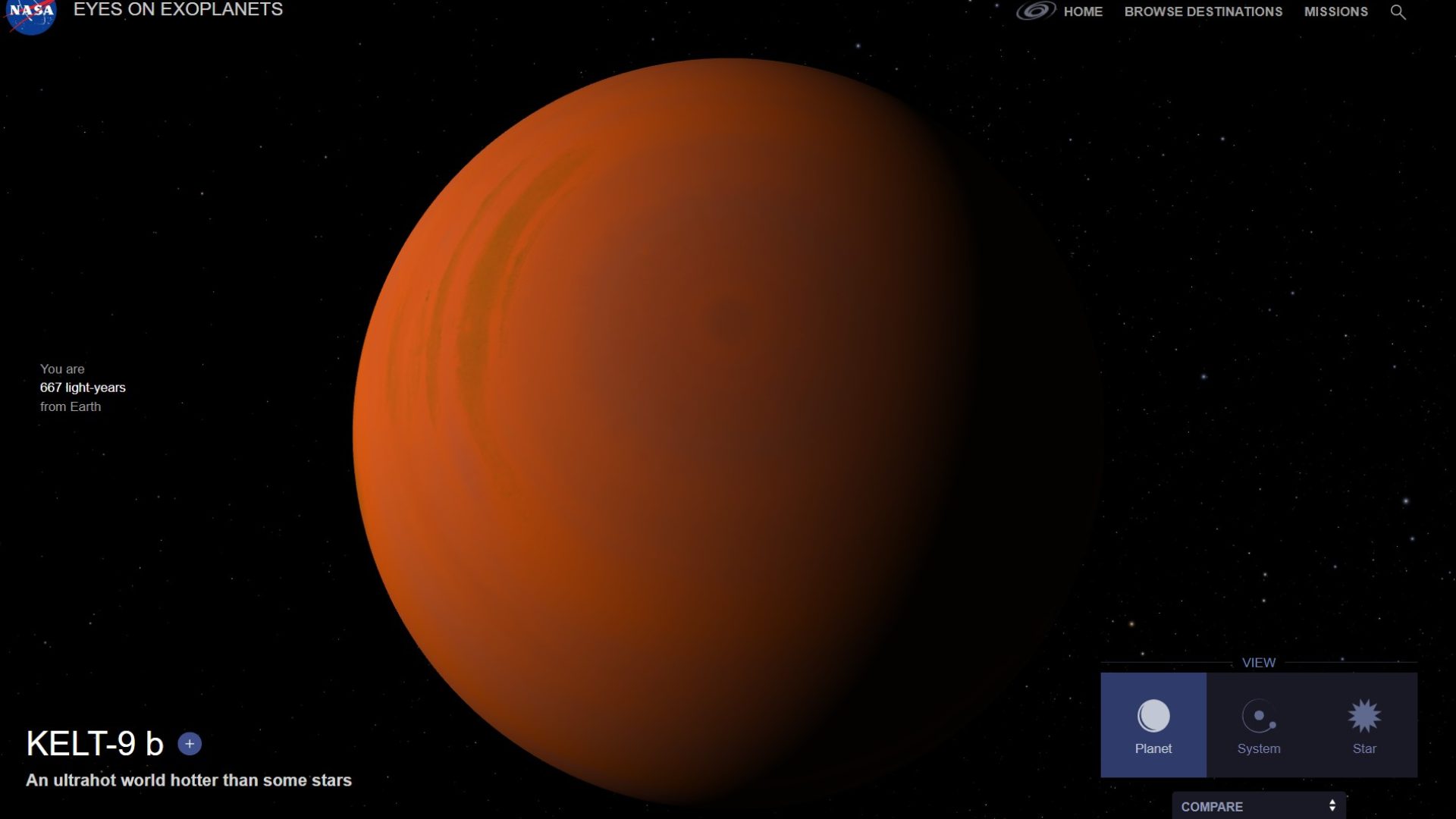
Astrophysicist Kevin France, a LASP researcher and CU Boulder faculty member, will present an overview of the Colorado Ultraviolet Transit Experiment and its on-orbit science data and observations at the 2023 meeting of the American Geophysical Union in San Francisco next week. (P31E-3129: The Colorado Ultraviolet Transit Experiment (CUTE): NASA’s First Exoplanet Spectroscopy SmallSat).
France, who is the principal investigator of the CUTE mission, will be available to discuss the results with media on Monday afternoon, Dec. 11, in the AGU Press Room. (See additional media resources below; CUTE will also be featured in an AGU-TV video that will play throughout the convention center and in associated hotels.)
CUTE is the first NASA-funded CubeSat mission to study a volatile class of planets known as “hot Jupiters.” Scalding hot and bombarded by extreme radiation from their nearby parent stars, their atmospheres puff up and escape, making them good laboratories for studying atmospheric escape, a process that affects the structure, composition, and evolution of many planets, including those in our solar system. The mission has recently begun to return exciting results that are helping us better understand how these planets evolve over billions of years.
Launched into a polar, low-Earth orbit in September 2021, CUTE uses a unique rectangular telescope that collects three times more photons than a traditional telescope, but which fits in a satellite the size of a cereal box. To study the atmospheres of distant exoplanets, CUTE trains its unique telescope on exoplanets as they pass in front of their bright host stars. It then collects the UV light that filters through the planet’s atmosphere during these transits, revealing information about the planet’s composition, temperature, and other characteristics.
Since the first exoplanets were discovered in the 1990s, scientists searching for Earth-size planets in the habitable zone of solar-like stars have discovered nearly 5,000 exoplanets. Among them have been dozens of hot Jupiters, which are of particular interest to scientists because the extreme-ultraviolet irradiance from their nearby parent stars makes the signatures of rapid atmospheric escape more easily detectable when these exoplanets transit across their bright stars.
CUTE is helping to prove that SmallSats, which normally focus on Earth and nearby space, can do fundamental, deep-space science that previously required much bigger, costlier missions. The use of small satellites is becoming increasingly common, fueling a revolutionize in space-based science.
Science team members on the CUTE mission include researchers from the University of Leiden and University of Amsterdam in the Netherlands, University of Arizona, Space Research Institute of the Austrian Academy of Sciences and the University of Toulouse in France. Arika Egan, formerly a graduate student at LASP who helped develop the mission, is now at the Johns Hopkins University Applied Physics Laboratory.
Media Resources
Contact: Sara Pratt, LASP senior communications specialist, sara.pratt@lasp.colorado.edu
Papers:
France, K., et al. (2023) The Colorado Ultraviolet Transit Experiment Mission Overview. The Astronomical Journal (165) 2. DOI 10.3847/1538-3881/aca8a2.
Egan, A., et al. (2023) The On-orbit Performance of the Colorado Ultraviolet Transit Experiment Mission. The Astronomical Journal (165) 64. DOI 10.3847/1538-3881/aca8a3.
Sreejith, A.G., et al. (2023) CUTE Reveals Escaping Metals in the Upper Atmosphere of the Ultrahot Jupiter WASP-189b. The Astrophysical Journal Letters (954) 1, L23. DOI 10.3847/2041-8213/acef1c.
Images & Captions:
Video
LASP/CU Boulder CUTE (Colorado Ultraviolet Transit Experiment) – YouTube
CU Boulder Today article on new CUTE results
https://www.colorado.edu/today/2023/12/11/14-inch-spacecraft-delivers-new-details-about-hot-jupiters





Founded a decade before NASA, the Laboratory for Atmospheric and Space Physics at the University of Colorado Boulder is on a mission to transform human understanding of the cosmos by pioneering new technologies and approaches to space science. LASP is the only academic research institute in the world to have sent instruments to every planet in our solar system. LASP began celebrating its 75th anniversary in April 2023.



